On Monday, July 14, 2014, the Council approved further restrictions on parking along the Holly Street corridor between Old County Road and Industrial Road. Previously, parking was not allowed from 7 to 9 AM and 3 to 6 PM on the eastbound side and from 4 to 6 PM on the westbound side. Under the new rules, parking is not allowed eastbound or westbound between the hours of 7 AM and 6 PM on weekdays. Evening, overnight, holiday and weekend parking is not restricted, as is the case now. Many if not all of the residents of that section of Holly Street did not approve of the change.
In what follows I use popover links to display supplemental information. If you hover your mouse over the links underlined with dashes you’ll see the additional text.
- Background
- Current Challenge
- Addressing Corridor Congestion
- Recent Council Decision and Direction
- Reducing the Burden
- Greater East San Carlos Neighborhood Association Response: July 16, 2014
- Greater East San Carlos Neighborhood Association Response: July 18, 2014
I didn’t live through what I describe here, having moved to San Carlos in April, 1997. But I did research the Holly corridor situation with a number of people who did live through most of it, and who are intimately familiar with the story. I’d be interested in hearing from anyone who remembers the broad outlines differently.
Traffic through the Holly Street corridor is a long-standing and recurring issue in San Carlos. The problem traces back to when the current Bayshore Freeway was built in the 1950s. San Carlos was allocated one interchange, and had to choose between Holly, San Carlos Avenue, Brittan and Howard. Harbor was not an option because it is not located in San Carlos.
Using San Carlos Avenue would have required moving the historic train depot to connect to and through El Camino Real, as well as building a railroad grade crossing. Building an interchange at Brittan would have been difficult given the wetlands on the east side. More importantly, Brittan did not cross the railroad tracks at grade, which would have made for either an awkward, congested entrance to the city or required spending significant sums of money to build a grade crossing or an underpass. Howard fell out because it did not connect to the old highway, and acquiring the private property to make the connection was deemed too expensive. It’s less than ideal in any event because it’s on the southern side of San Carlos.
So in the end, an interchange at Holly, even though it ran through a residential area, was considered the least bad alternative. It did have the advantage of being located closer to the heart of downtown.
This set the stage for all the corridor traffic problems since that time. Making it the gateway to our city guaranteed Holly would evolve into an arterial, intended to handle [tippy title="very large volumes of traffic"]Transportation experts categorize city streets into three categories: residential, collector and arterial, based on the volume and type of traffic they are expected to handle. San Carlos Avenue and Brittan Avenue are other examples of arterials. Cordilleras is an example of a collector.[/tippy]. It has been designated as such for many years and through numerous iterations of the city’s general plan.
Deeming a road to be an arterial doesn’t limit what can be built along it – that’s governed by zoning rules – but it does affect how the competing interests of property owners along the road and the other drivers using the road are balanced. For arterials, significant weight is given to meeting the interests of drivers. In addition, you can’t block traffic on an arterial or close it off.
Accommodating residential use along an arterial is an inherently difficult problem. The heavier the vehicular traffic flow the more difficult it is. Brittan Avenue, El Camino, San Carlos Avenue and Alameda are also arterials, but the Holly corridor stands out in San Carlos for its volume of traffic flow as compared to its width.
The city has gone to great lengths over the years to minimize impacts on the single family homes in the corridor because they pre-date Holly’s evolution into an arterial. For example, the city expended much time and money to get the Brittan Avenue freeway access point built to take pressure off the corridor. It’s also a big part of why the city invested a large sum of money to include a rail overpass at Brittan Avenue when the berm was built. All these efforts diverted traffic from Holly, but because of its central location the problem kept coming back as San Carlos grew.
The obvious solution – to purchase the homes and businesses along the corridor and remove them to allow the road to be widened and improved, achieving its full function as an arterial street – was often discussed. But multiple Councils opted not to take that step, out of deference to the property owners.
But there’s only so long that you can kick the can down the road. Current and future development in San Carlos is once again straining the Holly corridor, as can be seen by how often it gets congested, even outside of rush hour.
Although communities cannot generally forbid property owners from using their land, development can be, and is, regulated. We could have, as a community, opted to forego development, or restrict it to activities which are less traffic intensive. But, as with any other decision, there are always trade-offs. Low intensity or limited development means less revenue for the city, crimping its ability to provide the public services and amenities the community wants, and which enrich the quality of life.
Projects like the Palo Alto Medical Foundation clinic (and potential hospital), the Landmark hotel project, the San Carlos Transit Village and the Wheeler Plaza project provide many benefits. But they also create traffic and circulation impacts which need to be addressed. Studies show that the already bad traffic in the corridor is expected to increase by 40% over the next decade as a result of these developments, plus general growth. That’s not something we can afford to ignore.
Addressing Corridor Congestion
There are different ways of responding to the congestion challenge, each of which involves trade-offs. Here are some ideas studied by staff and considered by the Council for improving traffic flow through the corridor. Most of these have been discussed or studied multiple times over the years:
- Do nothing: Forces large numbers of residents to be inconvenienced. Dampens economic growth, making it more difficult to provide public services and amenities.
- Harbor Avenue Full Interchange: Creates another route to and from the freeway. Not likely to be a preferred pathway for most drivers going to and from most of San Carlos given it’s past the northern boundary of the city. Not under control of San Carlos because Harbor is in Belmont. CalTrans strongly opposes building interchanges so close together (e.g., between Holly and Ralston). Would cost tens of millions of dollars and easily take a decade to accomplish, even if opposition could be overcome.
- Brittan Avenue Full Interchange: Creates another route to and from the freeway. Protected wetlands on the east side would make construction very difficult, if it was possible at all. It could require moving the airport, which is not controlled by San Carlos. CalTrans strongly opposed to building interchanges so close together (e.g., between Holly and Whipple). Would cost tens of millions of dollars and easily take a decade to accomplish, even if opposition could be overcome.
- Buy Corridor Properties, Expand Holly: Would cost tens of millions of dollars whether done through ad hoc transactions or
[tippy title="eminent domain"]I’m simplifying the eminent domain process for the sake of clarity. The key point is that eminent domain does not allow communities to take property. It only allows them to force an owner to sell. The owner must receive fair market value, or they can sue the public agency for a “taking”. In practice, so as to avoid the cost and risk of litigation, public agencies generally pay slightly more than fair market value in eminent domain transactions.[/tippy]. Cost could be reduced if only one side of Holly was bought out. Potentially forces dozens of families to leave if they cannot find another home elsewhere in the[tippy title="community"]The Council has the discretion to provide home acquisition and relocation/moving assistance.[/tippy]. - Exercise Current Right of Way, Expand Holly: The city owns five feet of property on each side of the corridor. It could be converted from its existing use as sidewalks to roadway. Would likely require purchasing additional right of way from property owners to replace sidewalks, since eliminating them would significantly degrade pedestrian safety. Would severely truncate front yards. Ten feet is not enough to add two new lanes (it’s actually just a bit more space than would be needed to create four standard width traffic lanes, with no parking lanes).
- Coordinate Traffic Light Timing: If the lights at Industrial, Old County and El Camino are synchronized it’s possible to send cars through the corridor in
[tippy title="packs"]Traffic engineers call this “platooning”.[/tippy]. By doing a better job of clearing the corridor this reduces congestion and increases throughput. Relatively inexpensive to implement. - Restripe Corridor: There is – barely – enough room to create two lanes of traffic in each direction in the corridor. But it is not currently striped for that, leading to driver confusion and hesitation to form two lanes. Restriping would clarify that two lanes are allowed, improving traffic flow. Relatively inexpensive to implement.
- Expand No Parking Hours: Confusion about when two lanes are available for traffic reduces throughput. Expanding no parking hours to weekday daylight hours simplifies the configuration for drivers, encouraging them to fully utilize the corridor capacity. It also addresses the increased congestion now being seen outside of traditional rush hours. Degrades quality of life for corridor residents. Relatively inexpensive to implement.
As you can see from the list, the options creating the least impact on corridor residents are the most expensive, the least likely, and take the longest to implement, if they can be done at all. Of the options within the control of our community, there’s a clear dividing line: buying out property owners and expanding the corridor would solve the traffic problem, but with major impacts on people and at high cost. Utilizing the existing right of way costs less, but doesn’t buy us much in terms of reducing congestion.
As it has in the past, the Council wants to avoid buying out property owners. Several Council members said that explicitly during our recent discussions, and almost all of them have said it’s something to avoid doing if at all possible.
Recent Council Decision and Direction
So if we’re not just going to kick the can down the road we need to look to traffic light synchronization, restriping and expanding no parking hours. But why do all three at once, which is what the Council majority directed staff to do?
The answer is simple. We need some significant intervention to address current and expected traffic. While each does something to alleviate congestion individually, they have a greater, synergistic effect when done together.
Cars in packs get through the corridor faster when there is greater capacity in the corridor. That’s important when you remember we can’t just grant as much time as needed to the packs. We have to allow traffic on Industrial, Old County and El Camino to flow, too.
Restriping reminds drivers to use all the width of the corridor. But no driver is going to take advantage of that if they think they’re going to run into a parked car. Granted, most drivers could learn the hours of when parking is not allowed. But, like with most traffic congestion, it only takes a small number of drivers hesitating to create congestion. The simpler the rules of the road are, the more likely there is to be utilization of corridor capacity.
Finally, traffic data shows that volumes are quite high already [tippy title="outside of traditional rush hours"]Some corridor residents submitted photos showing a lack of congestion outside of traditional rush hours. Unfortunately, those were all taken during the summer months, when school is not in session and a significant portion of the community is out of town on vacation at any given time. Traffic flows exhibit seasonality, and we have to plan for the typical months, not the low use ones.[/tippy], and projections show that’s only going to get worse.
That’s why it makes sense to take those three actions together. It’s an alternative to having to do something much more costly, and much less attractive, to residents, both those living in the corridor and those living elsewhere in the city.
But the proof is in the pudding, forecasts can be wrong, and results should be checked against expectations. So the Council also directed staff to analyze traffic flow after the changes are implemented to see if the desired results are being achieved. That way, if more needs to be done – or if we determine we can get by with less than we expected – we can make adjustments.
This kind of change is an example of “the needs of the many outweighing the needs of the few”. There is no question that, as a community, we are making the lives of corridor residents more difficult. The fact that it’s being done to improve the situation facing a much larger group of residents, and to avoid significant near-term problems, in no way changes that. Nor does the fact that the change impacts corridor residents less than the next most reasonable alternative (i.e., buying out property owners).
When we, as a community, require some subset of our fellow residents to bear a burden on behalf of the rest of us, common sense and ethics argue we should do what we can to minimize or offset the burden. There are ways to do that in this case. Here are a few things staff is studying at the Council’s request:
- Permits: Short-term parking is allowed in a no parking zone so long as the vehicle is attended (e.g., for delivering an appliance). But some activities require a vehicle to park in front of a residence for a number of hours (e.g., construction material drop off). We could consider setting up a no cost (to Holly corridor residents) permitting system to allow such activities. This would also let staff issue bulletins to the community when encroachments were going to take place.
- Relaxed On Site Parking Standards: Our land use regulations limit how much parking capacity can be built on a residential lot, as a result of various set back and lot coverage rules. We could consider modifying those regulations so residences along heavily-traveled arterials could build additional on-site parking spaces. While this would cost owners yard space, they could avoid having to move cars to comply with no parking rules.
- Publicly-Funded Neighborhood Off-street Parking: The city could consider purchasing two homes, one on each side of the corridor, and convert the lots into parking available only to corridor residents and their guests. While this could cost a few million dollars, it would replace on-street parking. It would also arguably
[tippy title="improve safety for the corridor residents"]A number of corridor residents complained about damage their vehicles have suffered while parked on the street, or that they’ve sustained while moving into and out of the traffic flow from their driveways.[/tippy].
I’m willing to consider all of these. Even the investment of public funds could be a reasonable response, given the significant benefit the whole community will get from decreased corridor congestion.
Greater East San Carlos Neighborhood Association Response: July 16, 2014
Immediately after the Council decided to extend the no parking hours the Greater East San Carlos Neighborhood Association issued the first of several emails reacting to the decision. I’ve reproduced the entire email below, and have interleaved some comments via popover links.
SUMMARY OF [tippy title="TAKING"]Property owners do not have a right to park in front of their property, or indeed on any public right of way. It’s up to the community, acting through its elected leaders, to decide on where and how parking is allowed. As such, there cannot be a “taking” (a legal term implying seizure of private property by a public agency).[/tippy] OF HOLLY STREET PROPERTY VALUES AND NEXT STEPS
Dear GESC Residents. As you all know by now, the City Council voted to strip Holly Street GESC Members of all parking rights and completely ignored neighborhood input. They [tippy title="did not compromise"]This ignores all the time, effort and money the city has spent over the years pursuing and implementing strategies to relieve pressure on the corridor.[/tippy] at all, taking a hundred percent of what they wanted: Holly Street parking from 7 ÄM-6 PM. Our mostly minority community is now a victim of extreme social injustice. I have heard many of you issues cries of racism. Whether it is racism or rankism (Those of higher ranking pulling rank on the less fortunate), it is clearly a major abuse of power that has occurred in San Carlos.
Those barely surviving to make it in San Carlos are being shown the door from our City with the only option left being to fend for ourselves.
And now, it’s time for our answer! As President of the neighborhood, it has been many years since I have been so angry about city behavior. I am forced to issue this public rebuke to our city’s leaders. Right at their greatest moment to lead, key City leaders failed Greater East San Carlos. Furthermore, they aimed to cut our neighborhood in half with their super highway that not only hurts Holly but hurts the integrity of Greater East San Carlos. With Holly goes the neighborhood. The resistance starts now.
As I have always told you: “Don’t Confuse Leadership in San Carlos with the Facts”. They never cared about your safety. They never cared about people on Holly having to get up and move their car a half a mile at 6:45 in the morning and then walk back to the car 2 hours later to go to work. They never intended to test re-striping or signalization. They don’t care about you working on your home or having a barbeque with visitors. They wanted it all. In fact, they [tippy title="head-faked"]This issue has been discussed at great length for many years. I have personally had numerous conversations about the trade-offs and issues with GESC leaders, as have other Council and staff members. The Council most recently discussed it over the last year at a number of properly-agendized meetings. I also directed staff to go above & beyond the legal requirements by mailing notices to the corridor residents when we were reviewing the proposed no parking changes.[/tippy] our neighborhood and purposely failed to notify us of their plans so we would not realize until it was too late. And this, along with their radical decision, will be their undoing. This decision was a done deal as evidenced by the presence of [tippy title="armed police for the first time ever inside of City Council"]Sheriff deputies are present at Council meetings where we expect large crowds and have to consider the possibility of unruly behavior. For example, most if not all of the land swap meetings had a police presence.[/tippy]. . It felt like martial law had been declared in Greater East San Carlos. When neighbors started complaining, the policeman stood up and [tippy title="flexed over us in some type of power demonstration"]Several people surrounded the Director of Public Works during a break immediately after the no parking item was approved, behaving in such a way that the deputy cautioned them to tone it down. No one I’ve spoken to can remember this ever occurring in a Council meeting. I personally witnessed someone confronting the deputy during the break.[/tippy]. Not once did this policeman ever make eye contact with anyone in the room. Not once did he try to be friendly. He was there to intimidate us.
We are ready to launch a major grassroots action plan to save our neighbors on Holly Street. Each and every resident of Holly Street will play their part and we will stick behind you. We have done this before and we are now going to do it again. In the end, this will take a lot of everyone’s time, but like freedom fighters against oppressive regimes, we are entrenched and will outlast the opposition. This is going to cost some money, so we’re going to develop a simple system for each Holly Street member to fund this resistance we are about to stage.
We are going to make clear requests:
1. Striping and signalization first
2. Funding for studies of Harbor and Brittan
3. Countywide Discussion of Freeway Exits
4. CalTrans Application by San Carlos for New Freeway Exits
5. Parking Restrictions Removed from Morning Hours (Not the 100 percent Council Approved)
I do not like to make our leaders look bad in San Carlos. In fact, many of them I quite like individually. They are generally good guys. But they got this one VERY wrong. This miscalculation on their part is going to have very public consequences because of the social injustice they have wrought on San Carlos’ least fortunate economic group with no offer of recompense for the thousands of dollars each of you lost last night when parking was taken from in front of your home. I only ask each member of Holly and of Greater East San Carlos to be ready to join this resistance. If you come from GESC, realize that you are next. Major hotels are planned against Fairfield Drive and at the end of McCue. New developments are being discussed by City Staff all the time – and none of them are small. They must slow down and [tippy title="include us"]East side residents have always had an opportunity to weigh in on projects affecting them. Recently, at least, they have had some notable success. The Transit Village, for example, was reduced in size significantly (25% to 40%, depending on what baseline you use).[/tippy], or we will do whatever we can to resist new deals. We need clear benefits from these projects: New trees, New parklands, better solutions for developm ent.&nbs p;
For Holly Street residents, a fair deal must be offered. The whole of San Carlos will learn what they have done to us. And San Carlans do care. They are fair people and will insist on better treatment for us.
NEXT MEETING, THURSDAY NIGHT, 7 PM
Holly Street residents have agreed to host an emergency meeting around the parking issue. The meeting will be held on Thursday on Holly Street. Please go to the middle in front of 980 of Holly Street and follow the crowds in their red shirts.
We are putting together a 4-step plan to ensure that this “taking” of property values by the City Council and City staff will not go unanswered.
The 4 steps will be unveiled at the neighborhood meeting.
Please come and join us on Thursday Night at 7 PM at the Emergency Holly Street meeting as we take our first step in rectifying this social injustice that the City surprised us with on July 14th.
Greater East San Carlos Neighborhood Association Response: July 18, 2014
The following email from the Association was copied to the Council after a meeting held in the corridor by a number of residents. I’ve reproduced the entire email below, and have interleaved some comments via popover links.
Dear GESC Residents.
Thanks to the large and participatory crowd from all of Greater East San Carlos who showed up tonight to talk about next steps on Holly Street. We counted 3 dozen people throughout the night. As we watched traffic whiz by with no apparent concern, we engaged in an empowering form of civic cooperation – the type that has started impactful movements in less-known places. We elucidated and discussed our 4 steps and appointed topic leaders moving forward. Effective new ideas emerged in our multi-path strategy and we identified new experts in a variety of professions including technology, social media, research, zoning, legal, marketing, website creation and public relations. The biggest thing that came out of this discussion was our united energy to reverse this careless, sloppy and unprofessional process by the City of San Carlos.
One core finding from the meeting is how we are being treated like “nobodies” in San Carlos. We felt this more than ever when reading the City’s slickly worded press release timed to coincide with our meeting. Instead of acknowledging our collective pain, the City decided to spin-doctor talk of a compromise of only taking our parking and not also our land – all without proper notifications. We even saw a statement about how Holly Street “houses never should have been built in the first place”, a [tippy title="trenchant insight"]This wasn’t in the press release, but it was in a comment made from the dais during the July 14th meeting. It’s not consistent with the facts, since some, at least, of the homes were in the corridor before the freeway interchange was built. But, taken in context, I believe all my colleague was saying was that homes aren’t consistent with a major arterial.[/tippy] on Holly Street’s current and future property values. At the meeting tonight, some of you suggested that the City is attempting to blight the neighborhood to cheapen the cost of the eventual eminent domain they are planning. While this may be hard to believe; we will only find out when [tippy title="negotiations begin"]As I discussed above, the actions being taken are intended to avoid the need to take more drastic steps, such as forcing people to sell their homes.[/tippy].
And since eminent domain was being discussed by the City, it became clear that key demands are emerging. One relates to the payment of full (not depressed) property values, no questions asked. And the other relates to any eminent domain activity enabling property tax assessments to be transferred dollar for dollar to new properties should homeowners lose their homes. In other words, if someone bought their home for $250K, their new home would also receive a property tax assessment of $250K. One other issue that was mentioned was the city’s previous tricks to give eminent domain another name back in 2008 during the attempted re-zoning of Holly and Springfield. For the purpose of negotiations, the buying of houses by the City will constitute the [tippy title="equivalent of eminent domain"]The City can, and does, purchase properties on the open market, just like any buyer, without going the eminent domain route.[/tippy]. And finally, one issue related to what will the land acquired be used for and will this help Greater East San Carlos or further divide our fractured neighborhood.
We also believe that the recent show of force at the City Council meeting appears to have been a set up. It appears that the Police Officer who attended the council meeting was unaware of his role, having been summoned to attend as a “traffic expert” and then parked in the audience as an on-duty security guard to [tippy title="intimidate us"]The officer was there for crowd management. He was not there as a subject matter expert. Also, as I explained earlier, we generally have a police presence at any large, crowded meeting where there’s the possibility of unruly behavior.[/tippy] from speaking our minds. He was never called to speak. And while this apparent misuse of public funds may be unacceptable to some, we all make mistakes, so we can forgive this incident as long as it never happens again. If San Carlos City Council meetings continue to imitate martial law, however, we, as peaceful people, will vigorously pursue justice.
Furthermore, we have heard reports that GESC public comment has been [tippy title="wiped off the video record of the meeting"]Standard procedure, for years, has been to stop recording audio as soon as the mayor recesses or adjourns a Council meeting. That’s what happened during the July 14th meeting after the Holly parking issue was completed and I declared a brief recess.[/tippy] , so other San Carlans will be denied the chance to hear from our community. Please re-edit the video. The pattern is emerging here, and we will not be silenced. Right when we tried to work with the City, they drove a knife through the heart of Greater East San Carlos. They refused to compromise one bit, and again, wasted our time while hurting the quality of our lives.
We want to personally reach out to everyone in the neighborhood to join one of the 4 task forces we set up tonight. Please contact us, so you can be matched to a member of the core team that will fight this “Taking” until the City comes back to the table with a better plan than to steal from San Carlos’ least fortunate citizens without offering just compensation. Also, we have developed a funding system so you can directly adopt an individual homeowner and help support their cause. More information will be available on this program shortly.
Finally, please know that the citizens of Greater East San Carlos are with you, our Holly Street neighbors. We care about your child’s safety; we also invite guests over for barbeques; we believe in the right to safely exit your driveway; we think it’s OK for Amazon to deliver you a package; and we believe you should be able to walk safely up and down your street without fear of speeding cars jumping the curb and hurting you. We are just like you in Greater East San Carlos.
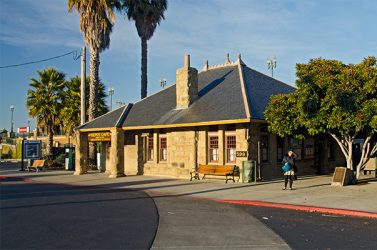
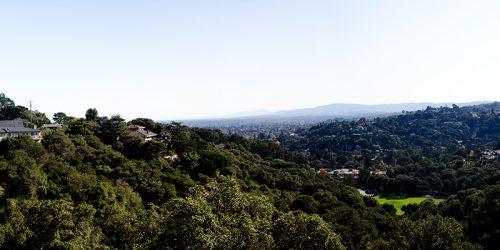
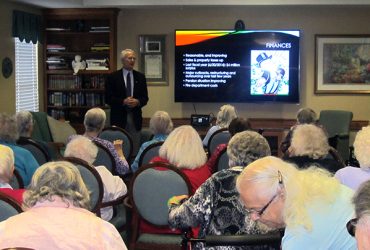
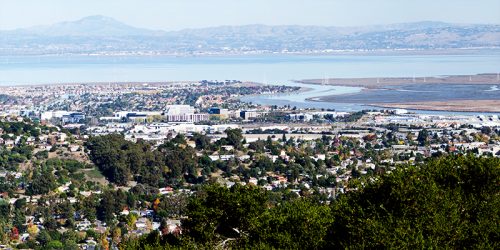
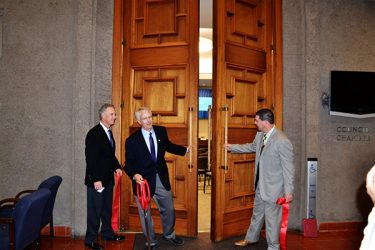
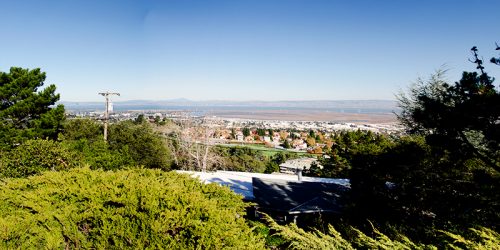

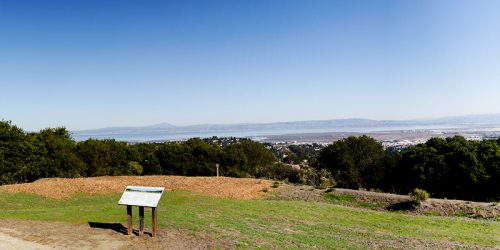
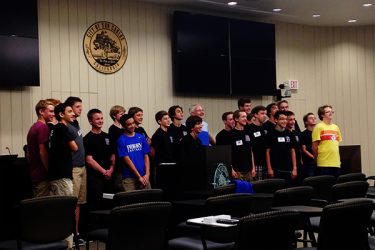
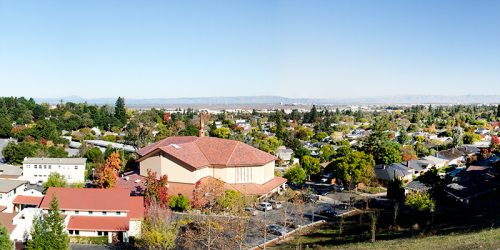
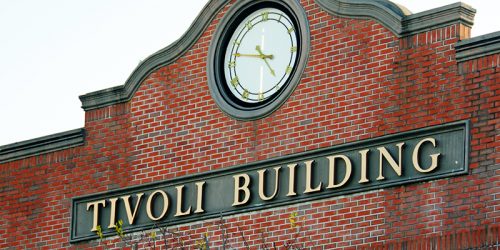
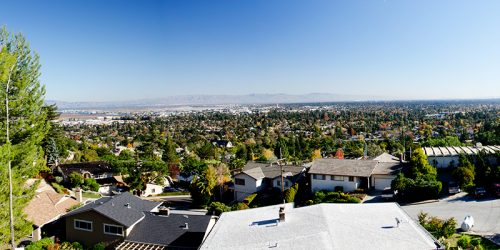
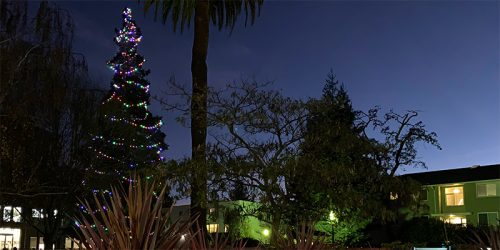
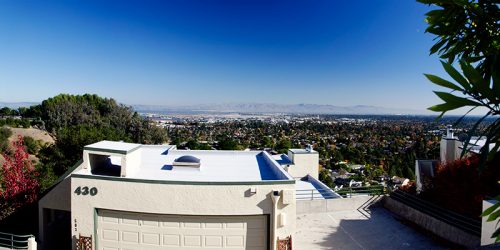
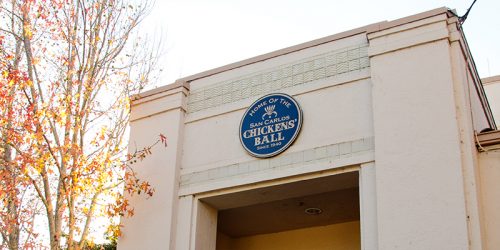
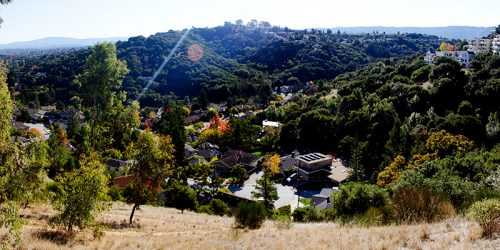

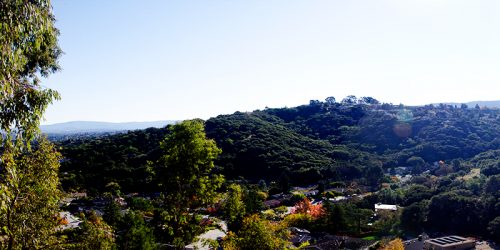
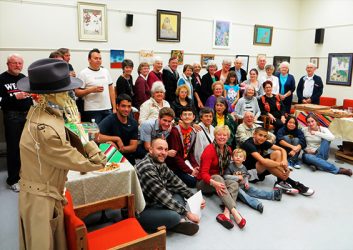
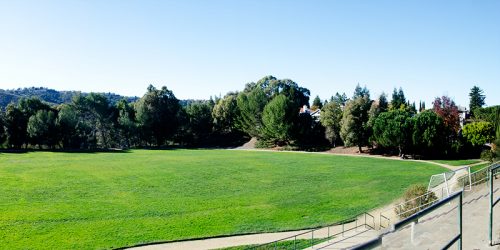
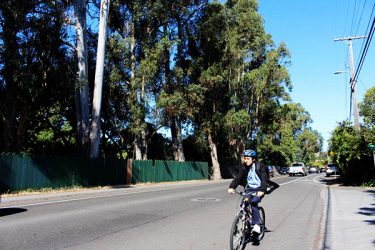
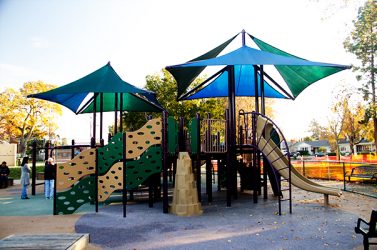
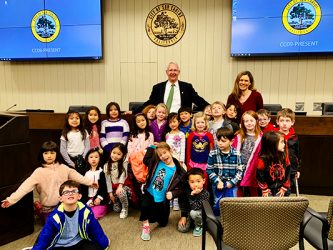
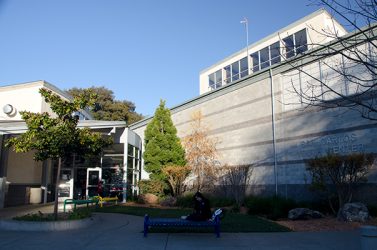
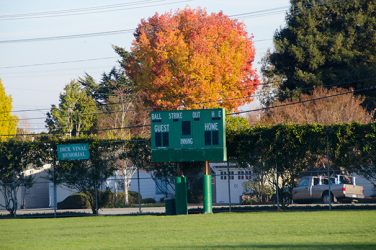
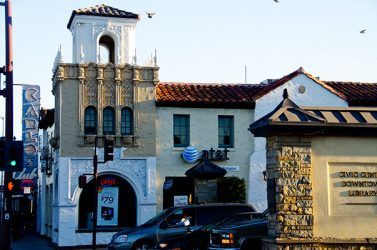
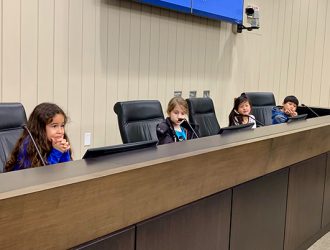
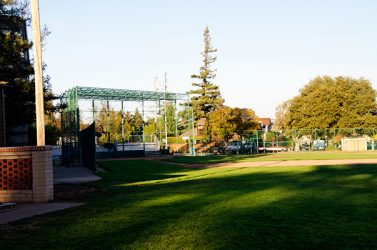
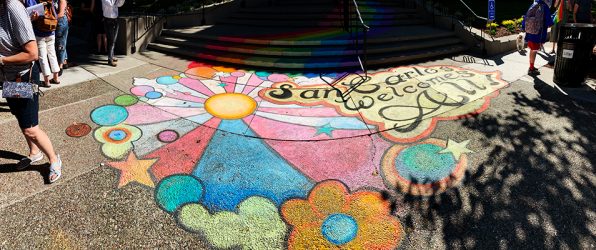
2 thoughts on “Holly Corridor Traffic Congestion”
The main problem is that the traffic analysis only measured the volume and not the efficiency nor the utilization. After all of this has been implemented the volume measurement will be the same since the number of vehicles going through there isn’t what is causing the problems.
Apologies for not posting your comment sooner, Brian. I was out of town and wanted to talk to staff about it before doing so.
Here’s what Jay Walter, our public works director, wrote me after reading your comment:
His basic premise is correct; if we were only going to take traffic counts after the changes have been made and traffic in the corridor has somewhat normalized.
But, the scope of work for the follow up monitoring study includes Travel Time Runs conducted under existing and future conditions, Traffic Counts for existing and future conditions, and a model analysis of the changes.
Travel Time Runs involve a vehicle as a probe to make actual runs through the corridor at different times to help determine effectiveness. This information along with the traffic counts will be used to determine the change in vehicle throughput, which we expect will increase as a result of the changes.
All of this information will be documented in a final report with conclusions about the changes made, as well as other changes the consultant recommends would be effective.
– Mark